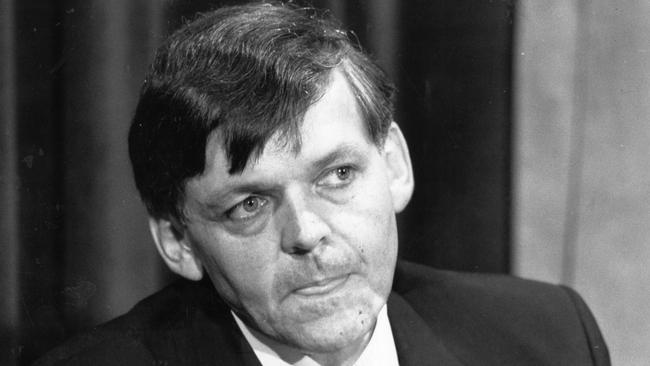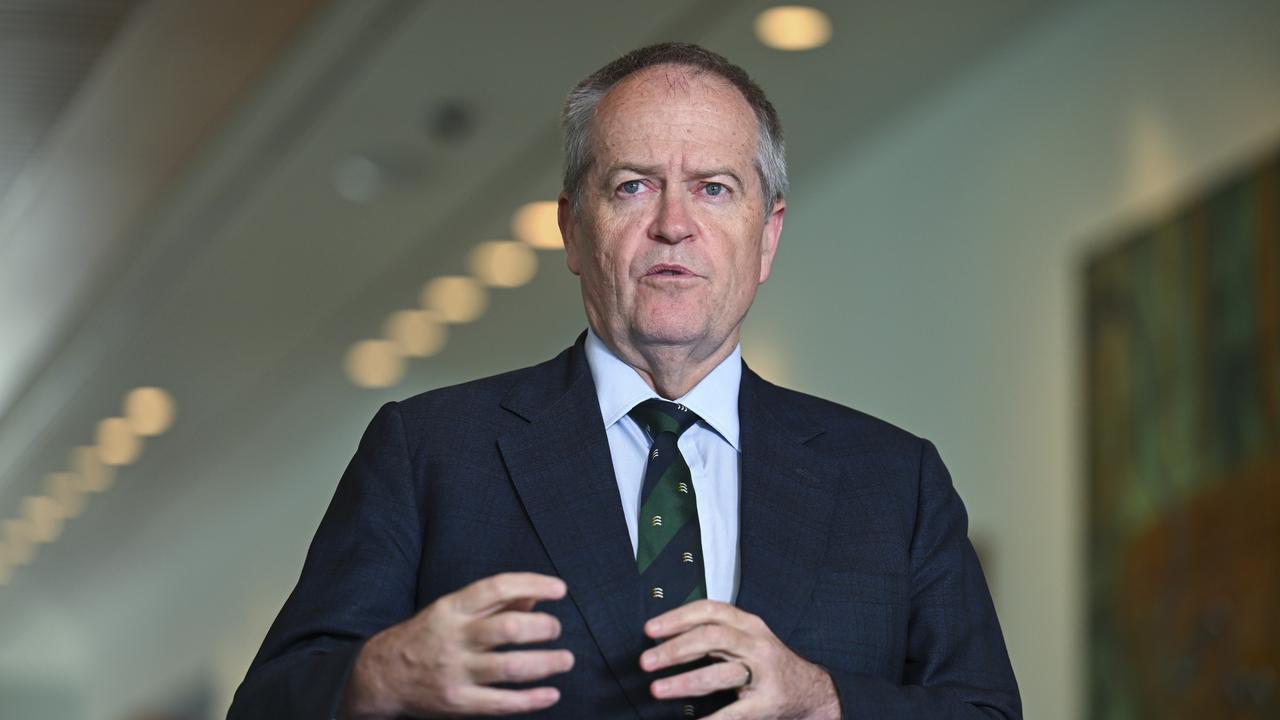
Two weeks ago federal Education Minister Alan Tudge dropped a couple of sentences at the end of a speech to a university audience that could presage the biggest shake-up to higher education since Labor’s John Dawkins created today’s system more than three decades ago.
“We also need to start a conversation about how we can support greater differentiation and specialisation in the university sector. We have 39 comprehensive universities, which may not be an optimal model for the quality of teaching or research in this country,” Tudge said as he wrapped up his speech to the Universities Australia conference on June 3.
Not exactly, you’ll agree, a resounding announcement of a new policy direction. Instead it appeared to be a kite flying exercise — an experiment to see what happens when he, the minister, drops a clear hint that he’s thinking about remaking the three-decade-old structure of Australia’s higher education system.
So what is Tudge getting at?
The essential context behind the message is that Australia has 39 universities (38 of them with generous public funding, plus the private Bond University) which aim to be comprehensive in what they teach and all with the goal of doing high level research in multiple fields. Our universities are also large. Monash, the biggest, has over 70,000 students (on a full-time equivalent measure).
This is very different to how it was before the Dawkins reforms of the late 1980s. Then we had publicly funded colleges of advanced education, institutes of technology, and specialised colleges which were separate to universities. They were not all comprehensive and some, such as the colleges of advanced education, focused on teaching, not research.
Dawkins strongly encouraged mergers, which led to the creation of new universities along with a rush by existing universities to gather up free standing colleges that needed the protection of a parent institution.
It resulted in a system in which uniformity, rather than differentiation, was rewarded. It also led to a situation in which all universities sought to do research (whether or not they excelled at it) and teaching-focused institutions largely disappeared.
It was also the foundation for growth. Universities became larger and a greater proportion (now well over 40 per cent) of young people went to university.
But are the large, all-things-to- all-people universities of today the ideal? Not if you’ve looked at the research of economist Keith Houghton, which has been published in this newspaper, showing that universities differ greatly in the efficiency with which they teach and perform research. But we expect them to do both, rather than allow them more freedom to choose to do what they do best.
Interestingly Dawkins himself said five years ago that he thought it was time to bring the uniformity of Dawkins era policies to an end. He called for greater competition between universities and a move to teaching-only institutions. He said he had never expected his system to last 30 years.
Now Tudge has revealed that he is thinking very seriously about the issue. Will he take Dawkins’ own advice and end his eponymous era?



